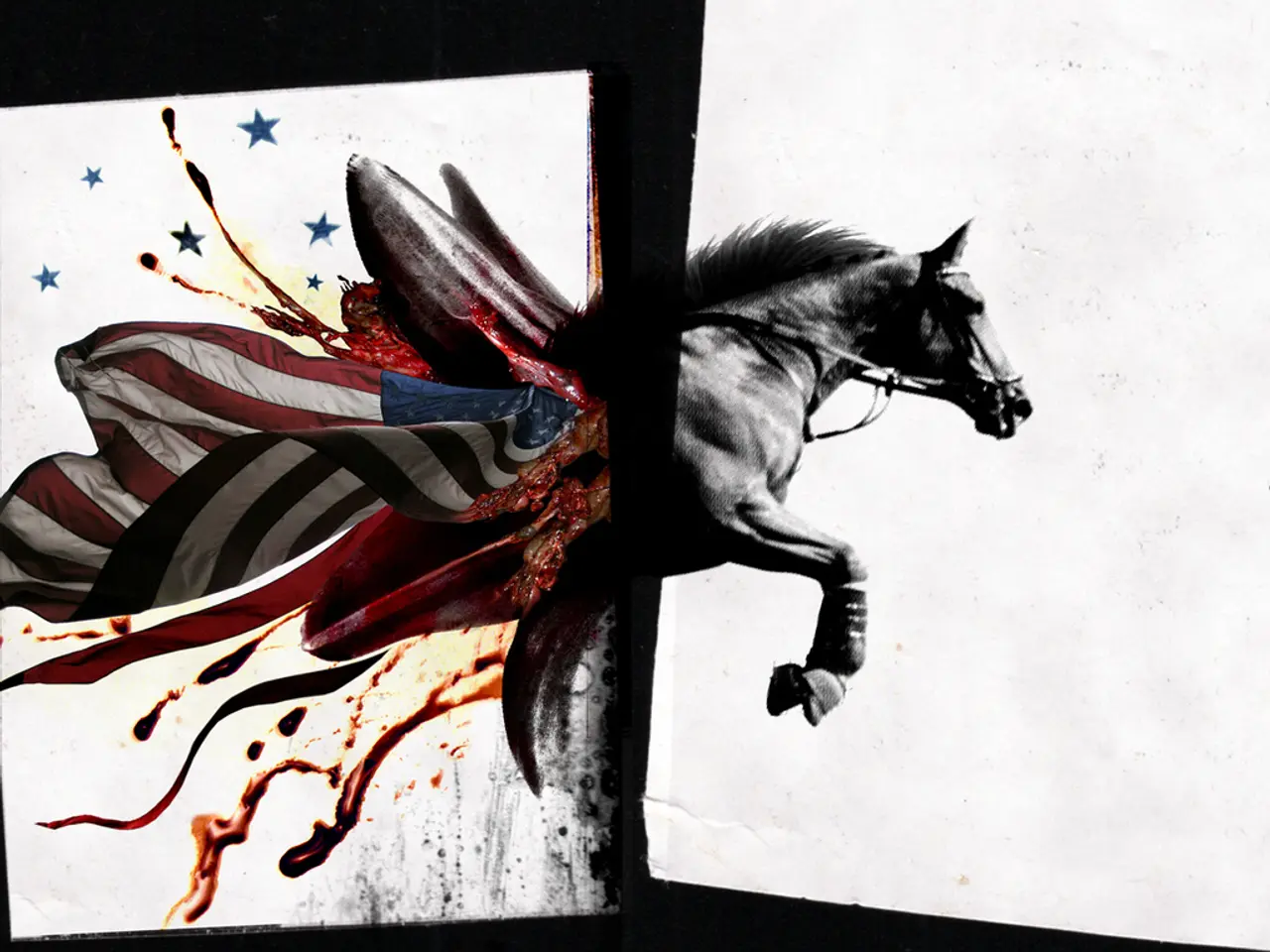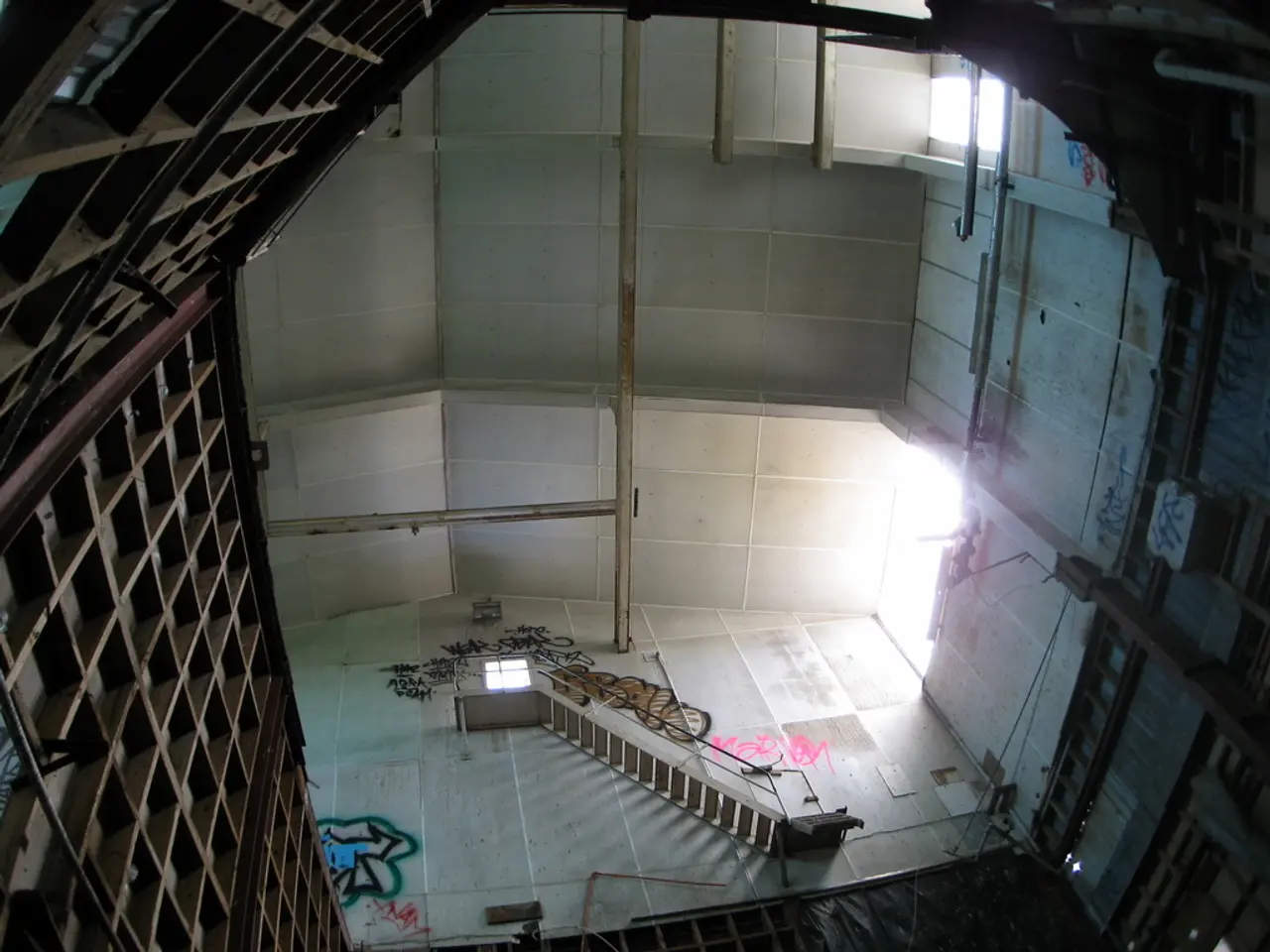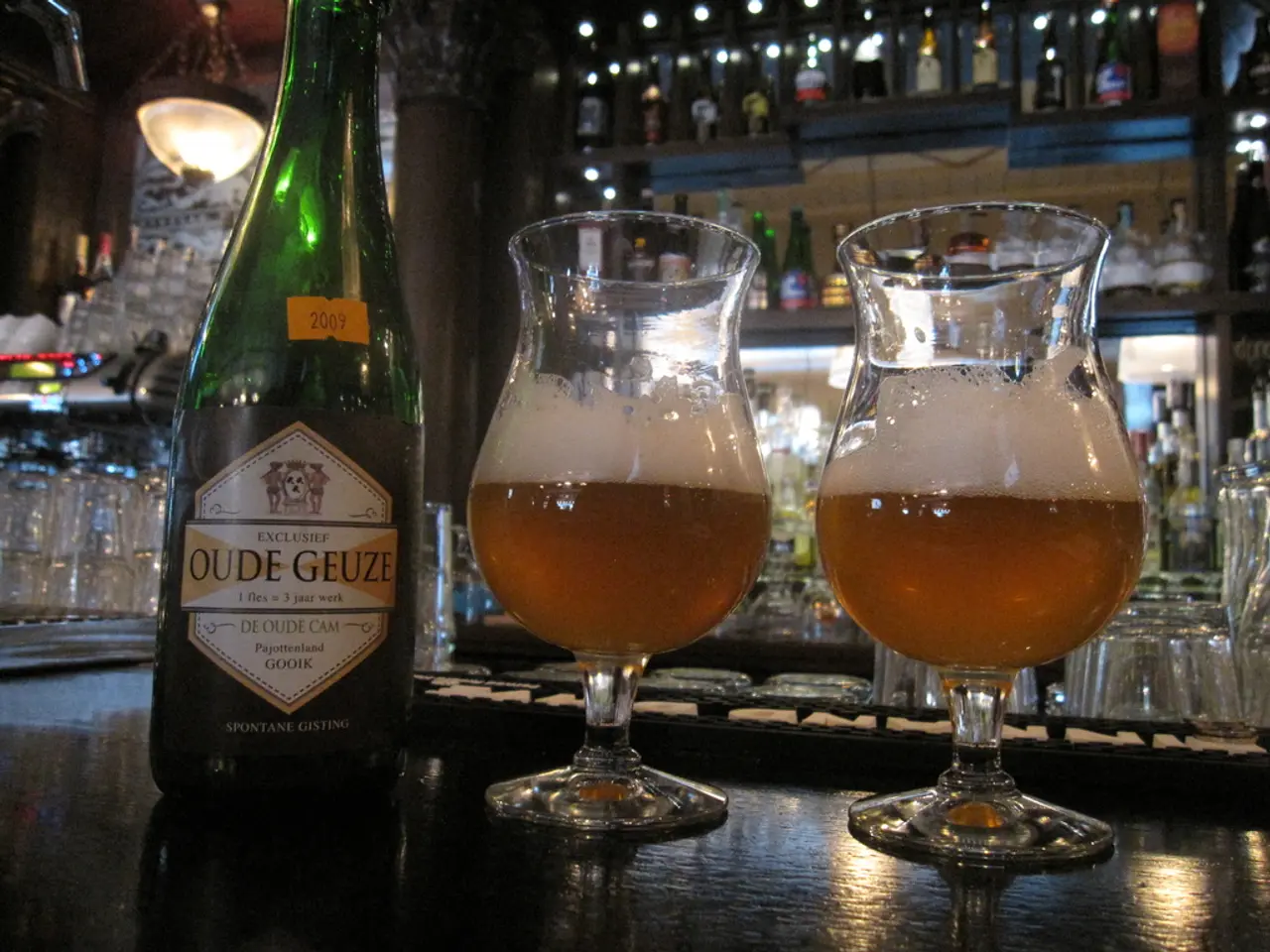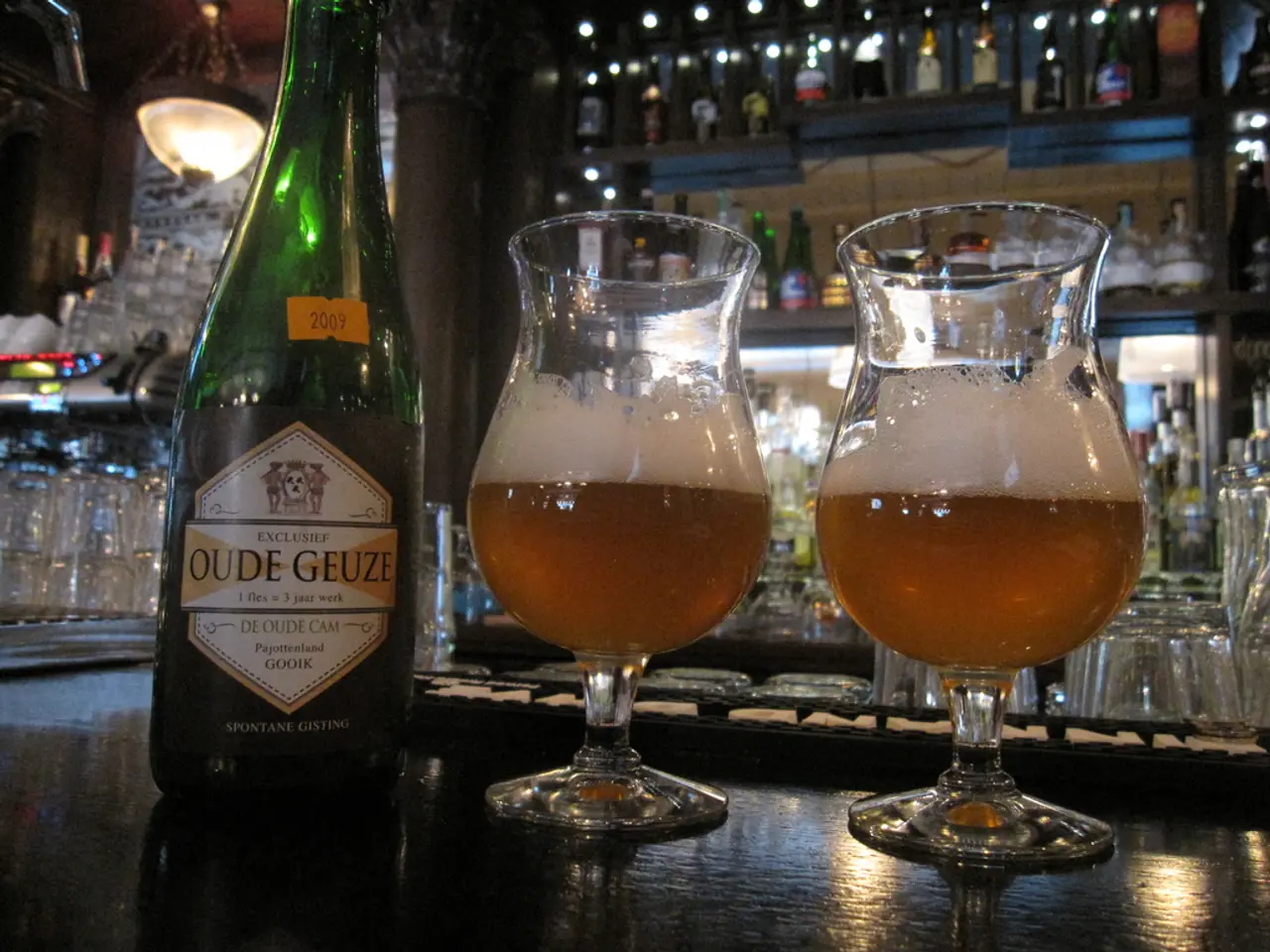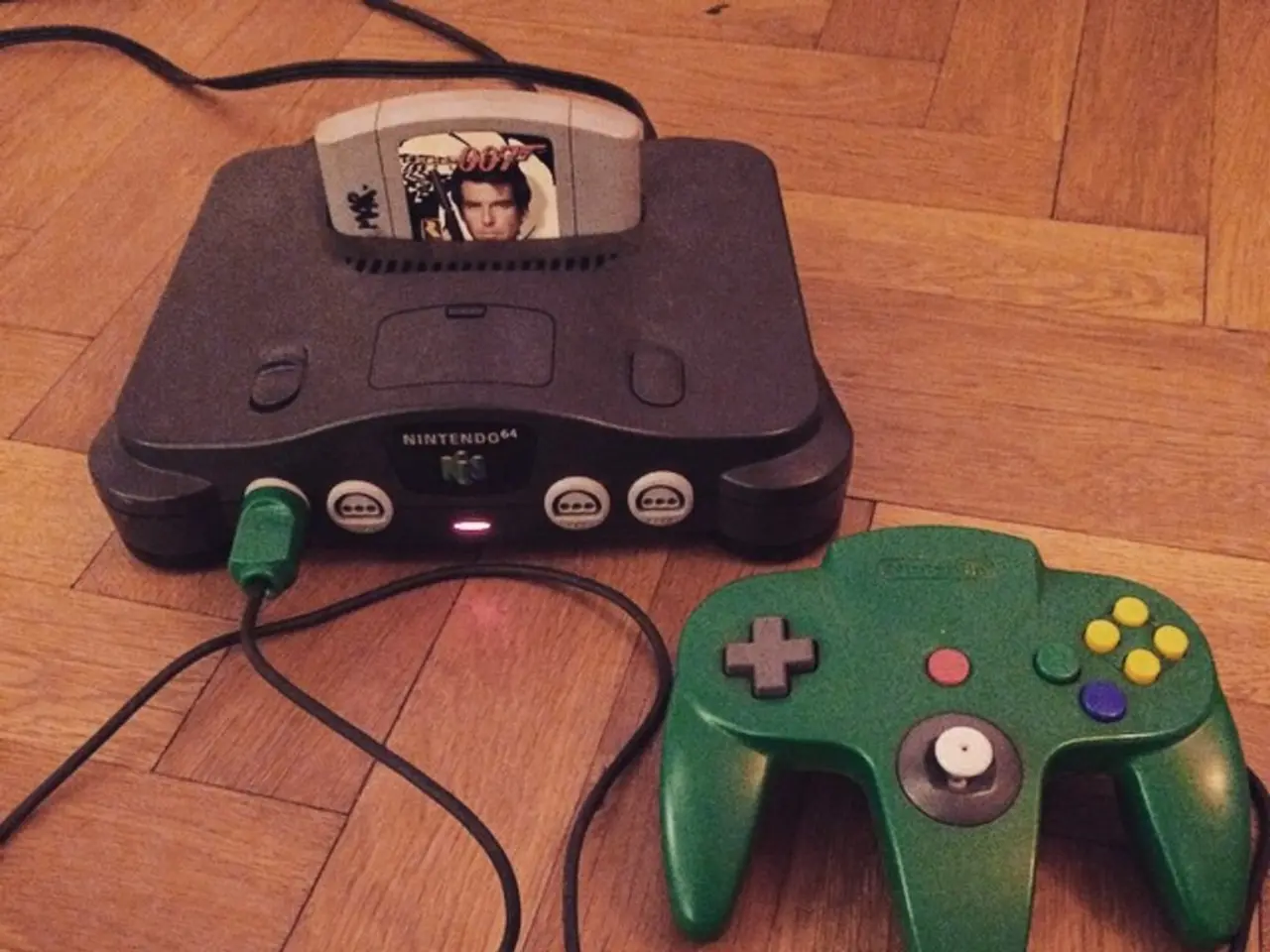Record-Breaking Sale: Pricey Steed Fetches a Staggering $70 Million Dollars
In the world of equestrianism, the prices of some horses have reached astronomical heights, with Fusaichi Pegasus, Shareef Dancer, Moorlands Totilas, The Green Monkey, Seattle Dancer, and Meydan City among the most expensive ever sold. The high prices of these horses can primarily be attributed to five key factors: exceptional pedigree and bloodlines, outstanding performance record, breeding potential and stud value, ideal age, conformation, and temperament, and economic climate and market demand.
Exceptional pedigree and bloodlines are crucial, as these horses come from prestigious and highly successful bloodlines which promise the continuation of champion traits. A horse’s genetic quality and lineage are critically valued by buyers as they increase the likelihood of producing successful offspring in racing or breeding.
Several of these horses, such as Fusaichi Pegasus, have stood out on the racetrack by winning prestigious races, significantly boosting their valuation. Past competitive success and the potential for future wins enhance a horse's reputation and value as breeding stock.
Many of the top-priced horses are prized not only for their past race achievements but for their potential as studs that can transmit desirable traits to their offspring. The ability to generate future revenue through stud fees adds enormous worth. For example, Frankel's stud fee is around £350,000 per mare, illustrating how breeding potential translates to high value.
Horses in their prime racing or breeding years (generally between 7-12 years) are worth more. Attributes like good conformation, suitable temperament, and the right physical characteristics (height, sex, and color) also influence price.
The broader economic environment affects horse prices, with booms causing inflated demand and higher prices, while recessions reduce demand and value. Marketing and location factors—such as selling at high-profile auctions—also impact price.
Specific examples of these factors at play include Fusaichi Pegasus, who was sold for $70 million after winning the 2000 Kentucky Derby, and Shareef Dancer, who was sold for $40 million due to his prestigious pedigree and notable racing bloodlines. Moorlands Totilas, who revolutionized dressage competitions and became the first horse to break the 90 percent barrier in competition scoring, was sold for $21 million. The Green Monkey, a 2-year-old thoroughbred, was sold for $16 million at public auction, tracing back to Northern Dancer's lineage, despite retiring early with no wins and minimal prize money.
Palloubet d'Halong, a gelding in show jumping, was sold for $15 million to Jan Tops, known for his impressive performances in Grand Prix events. Seattle Dancer, a half-brother to Seattle Slew, was sold for a record-setting price for a yearling at public auction, but his racing career was brief. Meydan City, named after Dubai's elite racing venue, was sold for nearly $12 million at a yearling auction, despite modest racing results.
In summary, the combination of elite genetics, proven or expected race performance, prime breeding potential, and favorable market conditions are the main drivers behind the sky-high prices of these horses. Buyers are investing not just in the horse itself, but in the long-term value of its lineage and influence on the sport or breeding industry.
Technology has significantly influenced the equestrian world, enabling the use of advanced vet-scanning systems to monitor horse health and performance more accurately, ensuring a higher probability of success in racing and breeding.
Horse racing enthusiasts can now enjoy virtual simulations of iconic racecourses like the Kentucky Derby, using VR technology, offering a realistic and immersive experience for fans from all corners of the globe. Furthermore, AI algorithms can predict race outcomes based on a horse's past performance and genetic traits, helping prospective buyers make informed decisions.
